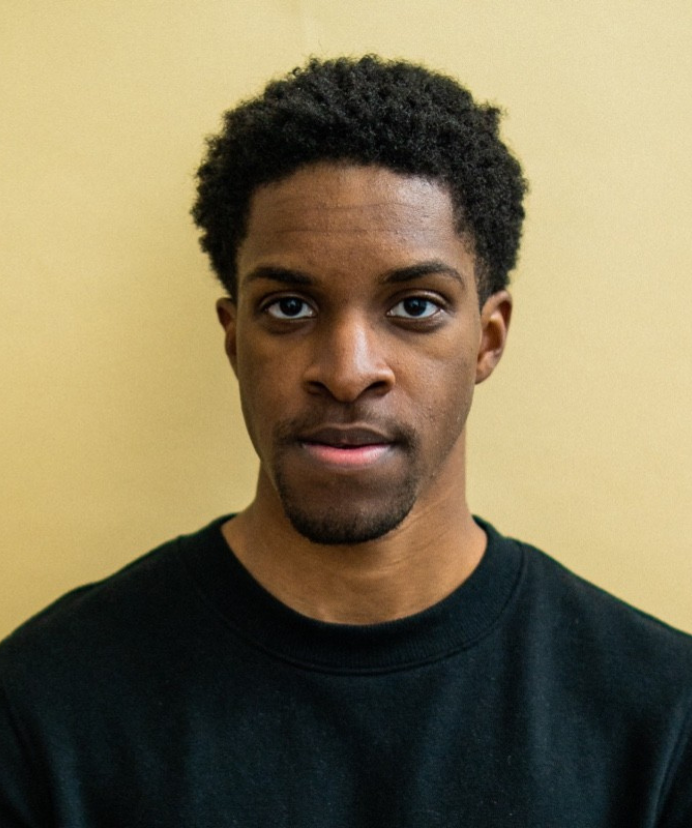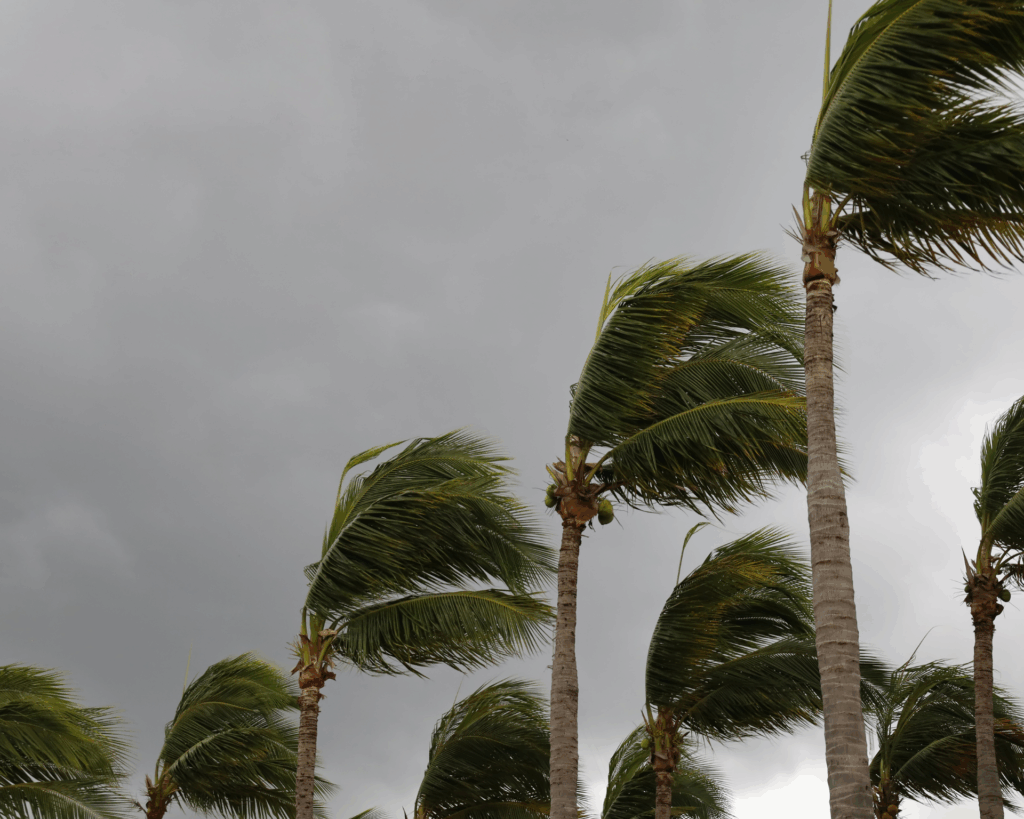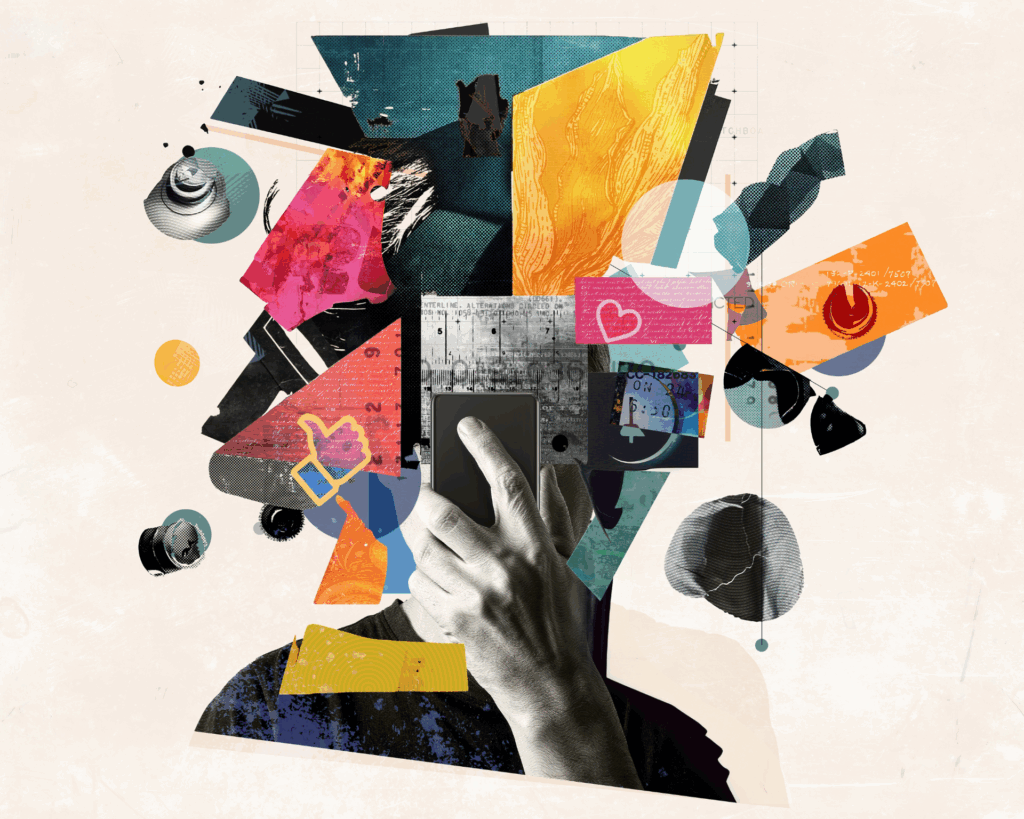Caitlin Rivers
Caitlin Rivers gives an overview on the causes and consequences of Covid-19 while highlighting the state of the science.

Read Time: 3 minutes
Published:
Caitlin Rivers is a senior scholar at the Johns Hopkins Center for Health Security and an assistant professor in the Department of Environmental Health and Engineering at Johns Hopkins Bloomberg School of Public Health. Her research focuses on improving public health preparedness and response, particularly by improving capabilities for “outbreak science” and infectious disease modeling to support public health decision making. Rivers gives an overview on the causes and consequences of COVID-19 while highlighting the state of the science.
Public Health Post: What have we learned with this pandemic thus far that will prepare for the next?
Caitlin Rivers: The major lessons that stand out for me right now are the need to improve our ability to quickly scale up diagnostic testing and a better understanding of how and when to use nonpharmaceutical interventions — things like school closures and stay-at-home orders. A lot of funding and planning has gone to developing vaccines and therapeutics over the last 20 years, which is important, but it’s just one piece of the puzzle.
What is something you find many people do not understand about herd immunity and potential vaccines?
Herd immunity occurs when so many people are immune that the virus can’t easily circulate. The best — and possibly only — way to reach herd immunity is through vaccination. To reach it naturally would mean many people will have gotten sick and died. There are many countries, and even states within the US, that have successfully suppressed the virus. Those examples offer important lessons for how we can save lives and regain control.
As certain states and counties open up while others remain closed, what are the continued threats we should be thinking about nationwide?
Most communities have opened up to some degree, and that’s really the goal — to allow as much flexibility in resuming regular activities while still keeping people safe. At this stage, it’s important to continue to focus on two strategies: case-based interventions — like testing, contact tracing, supported isolation, and quarantine — and individual protective actions — like mask wearing and distancing. These two approaches will help to slow the virus while still allowing us more normalcy until we get a vaccine.
What should the new normal look like after this pandemic? How long should people expect to take public health measures, like wearing masks or social distancing?
Over the next year, we will have increasing flexibility to return to school, visit friends and family, and spend time in the community. But those activities will look different until a vaccine is widely available, with masks, social distancing, and more things being held outside.
What was a focus of your work before the pandemic and how has it changed?
At the Johns Hopkins Center for Health Security, we work full time on preventing and preparing for epidemics, pandemics, and deliberate biological threats. So, this set of issues has not changed for me, but the relevance and pace has certainly picked up.
Photo courtesy of Caitlin Rivers



